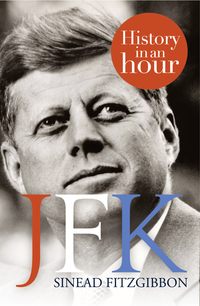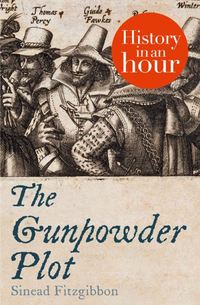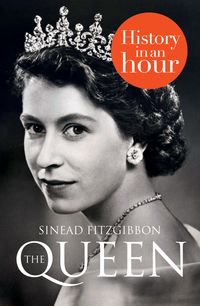
Полная версия
William Shakespeare: History in an Hour
And while the company undoubtedly benefitted from its association with Shakespeare, that the playwright chose to remain with the Lord Chamberlain’s Men for the entirety of his career suggests that he was also happy with the arrangement.
The King’s Men
Ultimately, this loyalty would pay off – and not just in financial terms. As early as 1594, the company had begun to garner royal recognition. Court documents from that year record payments to Shakespeare and two other members of the Lord Chamberlain’s Men for ‘two several comedies or interludes showed by them before Her Majesty [Queen Elizabeth] in Christmas time last’. This royal seal of approval would endure; when James VI of Scotland succeeded Elizabeth to the throne in 1603, the new king granted his patronage to the company. From that time, they were no longer known as the Lord Chamberlain’s Men, but now boasted the somewhat loftier title of the King’s Men. Such was their elevated status that Shakespeare and his colleagues attended James’s coronation in 1604, decked out in the king’s livery which had been made especially for the occasion from four-and-a-half yards of scarlet fabric.
The end of the Tudor dynasty had given new hope to the country’s beleaguered Catholics, many of whom were optimistic about the possibility of the new Stuart king relaxing restrictions on the practice of their Roman religion. This hope stemmed from the fact that, although James himself was raised in a strict Calvinist tradition, his mother was the Catholic Mary, Queen of Scots, whose execution at the hands of Elizabeth had cast her in the role of Roman martyr. But when James ultimately proved disinclined to improve conditions for Catholics in his realm, religious hostility reached boiling point once again. The failed Gunpowder Plot of 1605, which saw a band of Catholic rebels conspire to blow up the king and his Parliament at Westminster, was the unhappy result.
When Guy Fawkes, the first of the Gunpowder Plot conspirators to be captured, was brought before the king for questioning, he brazenly declared that it had been his intention to blow James and his Scottish court all the way back to Scotland. This statement hinted at an underlying xenophobia against the Scottish, which went beyond the question of religion. If, indeed, Fawkes did hold such a prejudice, he was not alone – given the long and fraught history between the two countries, many of his fellow English were far from happy to find themselves the subjects of a Scottish monarch. Understandably, the authorities were not prepared to tolerate any form of anti-Scottish sentiment, and strict controls were placed on the content of plays; it was the brave Jacobean playwright who dared to satirize the Scots too overtly, as such an offence could be viewed as seditious, if not treasonous.
But censorship aside, James I was a great fan of the theatre. During his reign, the royal family awarded its patronage to a number of theatre companies, in addition to the King’s Men. Theatrical performances, always a favourite at Elizabeth’s court, more than doubled in number during the early Jacobean period. The tastes of the new Royal Court had a marked influence on the works the playwrights produced. While Elizabeth had preferred comedies, the Stuart king and his entourage had a taste for tragedy – it is interesting to think that, in part at least, we have a king’s whim to thank for the existence of such enduring and powerful plays as King Lear, Macbeth and Othello.
The Wooden O
Can this cockpit hold
The vasty fields of France? or may we cram
Within this wooden O the very casques
That did affright the air at Agincourt? (Henry V)
However, in spite of its commercial success and its eventual receipt of monarchical approbation, the company’s future had not always looked so rosy. During the first three years of its life, the Lord Chamberlain’s Men had operated out of The Theatre playhouse, which was situated in Shoreditch. As only the second custom-built dramatic arena in London, The Theatre’s construction was relatively rudimentary; roofless and roughly circular in shape, the building consisted of three wooden galleries surrounding a cobbled yard. Entry to the yard, which provided standing room only and which left the spectator at the mercy of the elements, was a penny. Two pennies would buy access to the galleries, while a further penny would purchase the comfort of a stool or cushion. Considering a day’s wage for the average Londoner was only about twelve pence, the few hours of escapism offered by William Shakespeare’s plays came at quite a cost.
Конец ознакомительного фрагмента.
Текст предоставлен ООО «ЛитРес».
Прочитайте эту книгу целиком, купив полную легальную версию на ЛитРес.
Безопасно оплатить книгу можно банковской картой Visa, MasterCard, Maestro, со счета мобильного телефона, с платежного терминала, в салоне МТС или Связной, через PayPal, WebMoney, Яндекс.Деньги, QIWI Кошелек, бонусными картами или другим удобным Вам способом.








